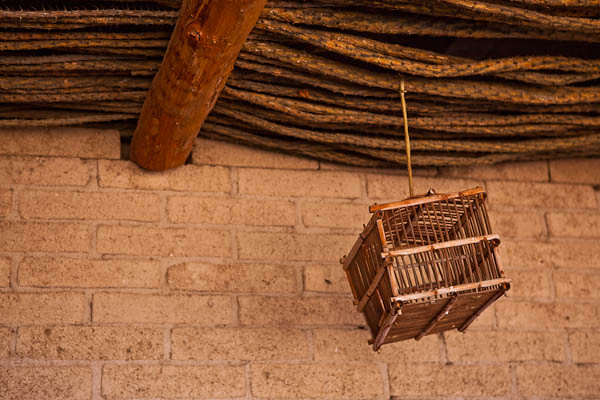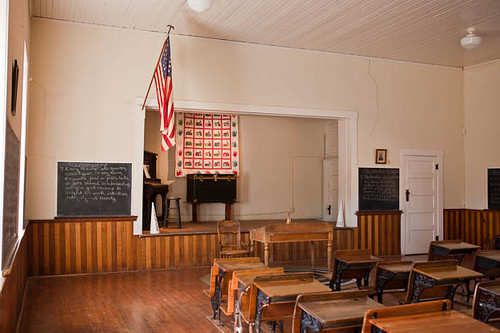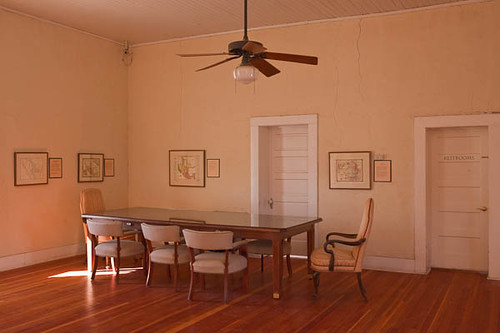
http://economiacircularverde.com/que-es-la-economia-circular/ Freedom © 2011 Bo Mackison
A visit to Tubac Presidio Historical Park in Tubac, Arizona, gave me an opportunity to photograph some amazing objects from an early historical period in Arizona–from the middle of the 18th Century through the early years of the 20th Century. The above photo shows a part of the historical museum’s veranda. The wooden bird cage is hung from a ceiling made of ocotillo, a thin, wood-like desert plant.
The park protects the ruins of the oldest Spanish presidio in Arizona, founded in 1752. It is the site of the first European settlement in Arizona.
Tubac is one of only three presidio sites to survive into modern times. The second (if you can consider this surviving) is buried under downtown Tucson, the third in is Cochise County. The Tubac Presidio Historical Park was Arizona’s first state park, dedicated in 1958.
In early 2010, the state of Arizona decided to close the park due to severe budget cuts to the Arizona park system. Santa Cruz County administrators and the Tubac Historical Society stepped up to thwart the crisis. The county assumed the role of governmental agent for the park and the Historical Society took on the administration and maintenance of the site — a bold move to protect a historical gem in the town whose motto is “where history and art meet”.
All of the people who take care of the Presidio are volunteers–a difficult, though rewarding job–and they deserve big thanks. Without their many hours of time and effort, the park would be boarded up and fall into a state of disrepair. So kudos to the Tubac Historical Society docents.
The park preserves three historical buildings which are on the National Register of Historic Places:
- Arizona’s second oldest Territorial school building, the Old Tubac Schoolhouse, built in 1885.
- Otero Hall, an adobe building built as a community center and later used as a schoolhouse, built in 1914.
- And the Rojas House, a typical adobe row house that has the original furnishings of Luisa Rojas, a life-long resident of Tubac, built in 1890, and restored to the period of the 1930s.
On a personal note, I love the photograph of the empty bird cage. It is very symbolic to me–I feel like I am tasting a type of freedom and independence I haven’t experienced since my college days.
I’m learning that independence gives not only freedom, but also demands responsibility. I woke up this morning with such amazing feelings, almost too hard to describe–feelings of wonder and accomplishment and the knowledge that whatever needed to be done today, well, I’m the one that had to do it. But the responsibility feels good; it makes me feel competent, effective, satisfied.
And so I love the photo of the empty bird cage–the bird has flown to freedom.
—————–
Bo Mackison is a photographer and owner of Seeded Earth Studio LLC. She is living in Tucson for the next eight seven weeks, exhibiting her photography in art fairs, taking photographs of Arizona landmarks, both historical and natural, and blogging about photography, art fairs, and learning to live on her own. Her mantra is “Bo goes solo!”










It’s good to hear that the local folks stepped up to protect the park! In the 25 years I lived in Arizona I really liked and respected the people there. It seemed that nearly all of them came from some place else, but they, like I, had fallen in love with the state.
Yes, Montucky, I’ve already noticed people from all regions joining together to make things happen. It’s nice to see when cooperation results in, umm, results!
The bird has flown to freedom and has settled, temporarily, in an area where the motto is “where history and art meet”. It all sounds so very “Bo”, as if it were meant to be!
I love that, Joanne. So very “Bo”.
I, too, adore the photo of the empty bird cage hanging from the ocotillo. Ocotillo are normally quite thorny – what a job to de-thorn before using. Yes, you are free. Free to be.
I’m feeling pretty free, Debi. Funny thing though, free to be doesn’t come easy. It’s an amazing amount of work, but so worthwhile!
That’s a lovely round-up of the presidio. Like Debi and Joanne and Montucky, I love the birdcage. Octotillo branches were used as fences back in the day. Even as personal property fences to keep out the javelina. In a land of no wood, things with thorns are useful.
I saw quite a few ocotillo fences on private property in the Tubac/Tumacacori area. They looked quite effective–perhaps more so than the typical wooden fence. I’ve seen plenty of kids hop a wooden fence, but I doubt too many would be interested in climbing on ocotillo and getting a seat full of thorns!
Very interesting post. I enjoyed it.
I know you love history, you’d love the museum here.